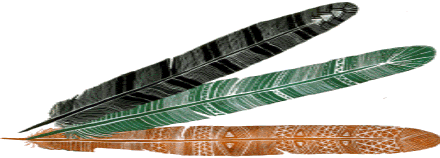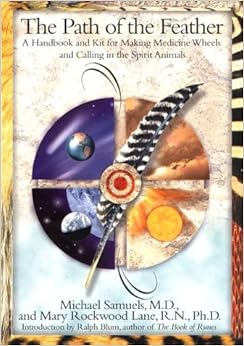The American Tradition Native American Herbalism
By Robin Brain Submitted On December 28, 2007
The tradition of herbal medicine has always been strong in North America, thanks to the pooling of European and Native American skills during the 18th and 19th centuries. Friendly Native American tribes shared their profound knowledge of healing with the first European settlers and introduced to them countless hitherto unknown medicinal and culinary herbs. Many herbs are particularly useful for women's problems, notably squaw vine and blue cohosh, both uterine tonics.
The settlers in their turn brought with them the seeds and roots of their most valuable herbs, which took hold and flourished in their new environment. The religious sect called the Shakers lived by agriculture and were also the first white Americans to grow and sell herbs in commercial quantities.
The Native Americans of Canada, the United States, and Mexico based their concept of natural medicine on the Great Spirit, and on the Medicine Wheel, within which we are all born and travel on life's journey. The Wheel is made up of the Four Directions, each with its particular qualities and energies. Herbs are thought both to guide and to assist in healing.
The Native Americans of the northeast recognized herbs to cure sore eyes, skin problems, abdominal complaints, and lung disorders, among other ailments. When they gathered the woodland herbs in high summer, the medicine men would begin by offering tobacco to the Four Directions of the Wheel and to the sky and earth. Herbs were gathered after ritual prayers and promises not to take more than was needed.
The Cherokee of the southeast recognized more than 100 types of medicinal herb. Some were used because they resembled the causative agent of the disease or because they looked like the part of the body affected. This compares with the medieval Western Doctrine of Signatures, where plants are named for their resemblance to body parts and used in remedies for that part. We know more about Cherokee medicine and herbal repertoire than any other Native American traditions because their great chief Sequoia developed a form of written language that was used to record rituals, prayers, and medicinal remedy recipes. The Cherokee believed that illness was caused by the spirits of dead animals, revenging themselves on human hunters, or by malcontented spirits or ghosts. Diseases were named for their causes not their symptoms. Illnesses were cured by rubbing boiled herbs into the patient's skin or blowing dried herbs over them through a cane pipe. Singing and ritual formulas were also important.
Much of Native American healing centered around purification, not just of the body but also of the spirit. Heat was considered a great purifier, and "hot" herbs were often administered to induce violent vomiting. Sweating out toxins in the "sweat lodge ceremony" was central to curing disease and maintaining health, and also purified the body in preparation for enlightenment. Fresh or dried herbs were burned during the ceremony and the smoke was considered to provide a link with the spirit world. Sage was a particularly important herb, and was believed to be especially sacred.
For modern Native Americans who live on reservations, the use of herbs and other traditional methods of healing remains vitally important and is still preferred to conventional medicine.
Read out for Massage therapy [http://www.massagediary.com/] Check out home remedies and herbs for high blood pressure [http://www.blood-pressure-treatment.org/herbs-for-high-blood-pressure.html]
Article Source: http://EzineArticles.com/?expert=Robin_Brain
article Source: http://EzineArticles.com/899894page created by Frances Osborne Austin Texas


